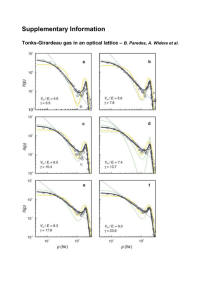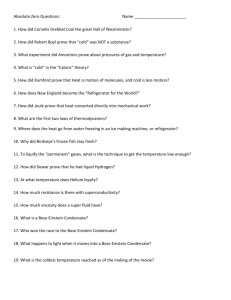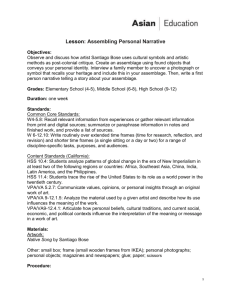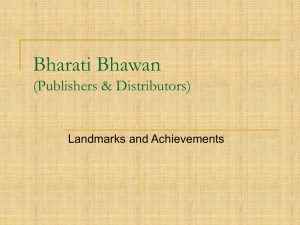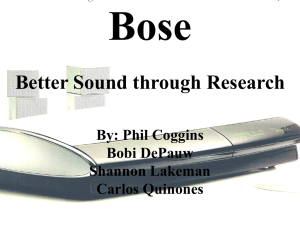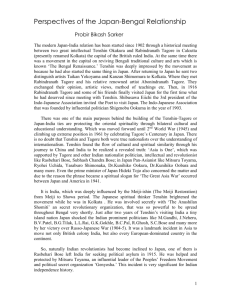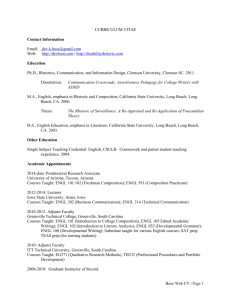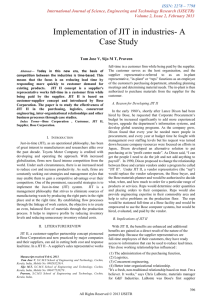Fundamentals of Logistics
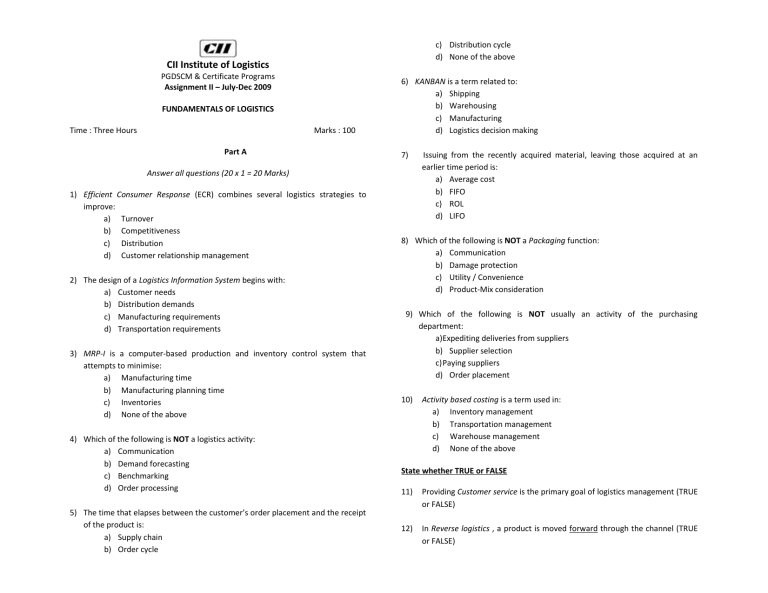
CII Institute of Logistics
PGDSCM & Certificate Programs
Assignment II – July-Dec 2009
FUNDAMENTALS OF LOGISTICS
Time : Three Hours Marks : 100
Part A
Answer all questions (20 x 1 = 20 Marks)
1) Efficient Consumer Response (ECR) combines several logistics strategies to improve: a) Turnover b) Competitiveness c) Distribution d) Customer relationship management
2) The design of a Logistics Information System begins with: a) Customer needs b) Distribution demands c) Manufacturing requirements d) Transportation requirements
3) MRP-I is a computer-based production and inventory control system that attempts to minimise: a) Manufacturing time b) Manufacturing planning time c) Inventories d) None of the above
4) Which of the following is NOT a logistics activity: a) Communication b) Demand forecasting c) Benchmarking d) Order processing
5) The time that elapses between the customer’s order placement and the receipt of the product is: a) Supply chain b) Order cycle c) Distribution cycle d) None of the above
6) KANBAN is a term related to: a) Shipping b) Warehousing c) Manufacturing d) Logistics decision making
7) Issuing from the recently acquired material, leaving those acquired at an earlier time period is: a) Average cost b) FIFO c) ROL d) LIFO
8) Which of the following is NOT a Packaging function: a) Communication b) Damage protection c) Utility / Convenience d) Product-Mix consideration
9) Which of the following is NOT usually an activity of the purchasing department: a) Expediting deliveries from suppliers b) Supplier selection c) Paying suppliers d) Order placement
10) Activity based costing is a term used in: a) Inventory management b) Transportation management c) Warehouse management d) None of the above
State whether TRUE or FALSE
11) Providing Customer service is the primary goal of logistics management (TRUE or FALSE)
12) In Reverse logistics , a product is moved forward through the channel (TRUE or FALSE)
13) Setting up of customer service level is by Benchmarking competitor’s customer service performance (TRUE or FALSE)
14) Striking a balance between supply and demand is one of the functions of inventory (TRUE or FALSE)
15) Packaging influences the efficiency of the logistical system (TRUE or FALSE)
16) Inventory carrying costs are those associated with the amount of inventory stored. (TRUE or FALSE)
17) Economic order quantity (EOQ) is the quantity to be ordered when total cost is at maximum. (TRUE or FALSE)
18) Price forecast is based on information gathered and analyses about demand and stock. (TRUE or FALSE)
19) International transportation is more competitive than domestic transportation. (TRUE or FALSE)
20) Pull system depends on information and is based on constant monitoring of supply. (TRUE or FALSE)
Part B
Answer any four (4 x 10 = 40 marks)
1) The daily requirement of furnace oil in an industry is 60 litres and the industry works 250 days in a year. The inventory carrying cost is 20% of unit price. The unit price is Rs 2/- per litre. The ordering cost is Rs 1/- per order. What is the
Economic Ordering Quantity?
2) The annual sales turnover of a company is Rs 2 crores.The average inventory during the 4 quarters are ---- Rs 20 lakhs, Rs 35 lakhs, Rs 45 lakhs and Rs 60 lakhs respectively. What is the Inventory Turn over ratio?
3) What is meant by stockless purchasing?
4) What is meant by Customer service? What are the different phases in customer service? Give a brief explanation of Customer retention?
5) What are the major functions of Logistics?
6) What is the key difference between Logistics and Supply Chain Management?
Part C
Case Study :
Bose Corporation is a producer of audio premium speakers used in automobiles, hifi systems and consumer/commercial broadcasting systems. Its purchasing organisation, while decentralized, has some overlap that requires coordination between sites. It manages this coordination by using conference calls between
Managers, electronic communication and joint problem solving. The company is moving towards single sourcing many of its 800 to 1000 parts, which include corrugated paper, particle board, wood, plastic injected moulded parts, fasteners, glues, woofers and fabric. Some components such as woofers are sourced overseas.
Foreign sourcing accounts for 20% of purchases, with the remainder of suppliers located within the state. About 35% of the parts purchased are single sourced, with approximately half of the components arriving with no incoming inspection performed. In turn Bose ships finished products directly to Delco, Honda, and
Nissan and have a record of no missed deliveries. Normal lead time to customers is
60 working days, but Bose can expedite shipments in1 week and airfreight them if necessary. The company has developed a detailed supplier performance system that measures on-time delivery, quality performance, technical improvements and supplier suggestions.
A report is generated twice a month from this system and sent to the supplier providing feed back about the supplier performance. Bose has established a specific goal for improvement every month. When no significant improvement occurs, another supplier replaces the delinquent supplier. Bose encourages suppliers to apply for a certificate of achievement form, signifying that they are qualified suppliers. One of the primary criteria for gaining certification involves how well the supplier responds to corrective action requests. Bose has adopted a unique system of just-in-time purchasing with global sourcing. Approximately half of the dollar values of Bose’s purchases are made overseas, with majority of the sourcing done in Asia.
Because foreign sources do not support just-in-time deliveries, Bose has blended low inventories with buying from long distances. Visualizing itself as a customer driven organisation, Bose uses a sophisticated system of transportation.Bose has implemented an electronic data interchange system that does much more than tracking. The system operates to real time and allows 2 way communications
between every one of the freight handler’s 230 terminals and Bose. Information is updated several times daily and is downloaded automatically, enabling Bose to perform shipping analysis and distribution channel modeling to achieve reliable lowest total cost scenarios. To overcome the difficulties in adhering to JIT delivery,
Bose has come out with a unique procurement and logistics system.
Bose negotiated with each Supplier to provide a full time employee at the Bose plant who was responsible for ordering, shipping and receiving materials from that plant, as well as managing onsite inventories of the items. This was done through an EDI connection between Bose's plant and the supplier’s facility.
Questions: Answer any four (4 x 10 = 40 marks)
1) Explain the Supplier performance system adopted in Bose Corporation?
2) What role does Information Technology play at Bose?
3) Briefly explain just-in-time delivery and what efforts Bose has taken to keep up this commitment to the Customers?
4) What is integrated supply chain management? Explain with reference to the above case study?
5) Why Bose Corporation is adapting to single sourcing of some components? Explain the advantages as well as disadvantages?
*****

